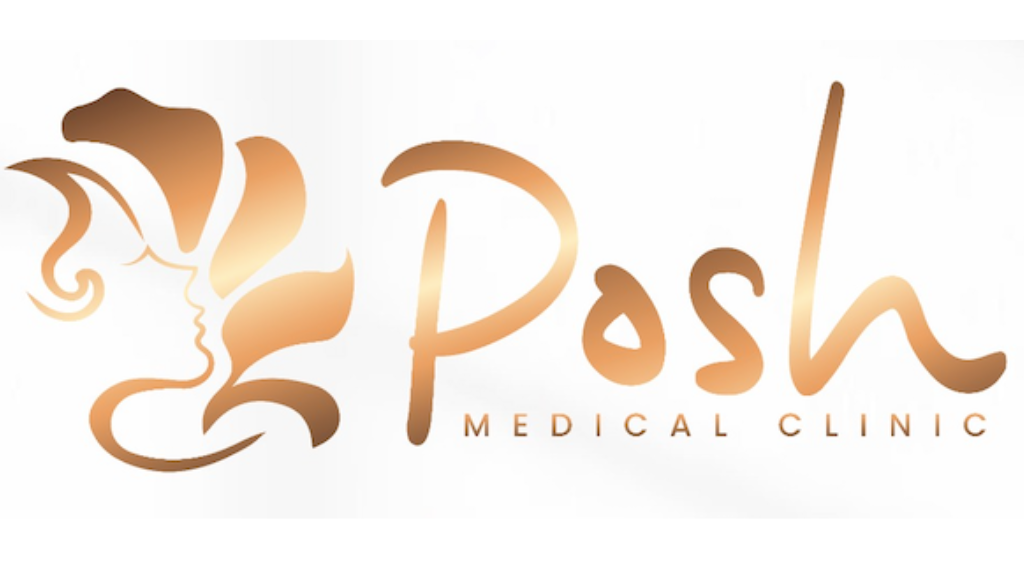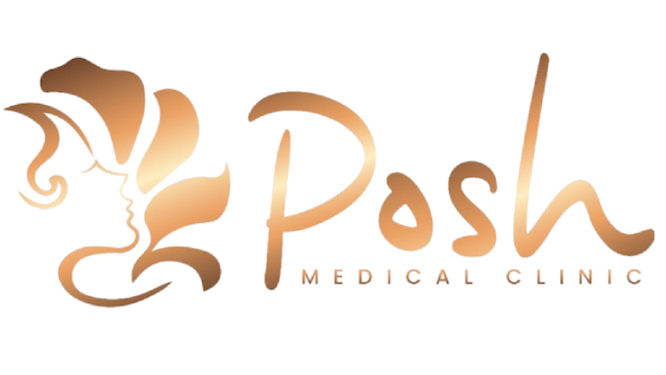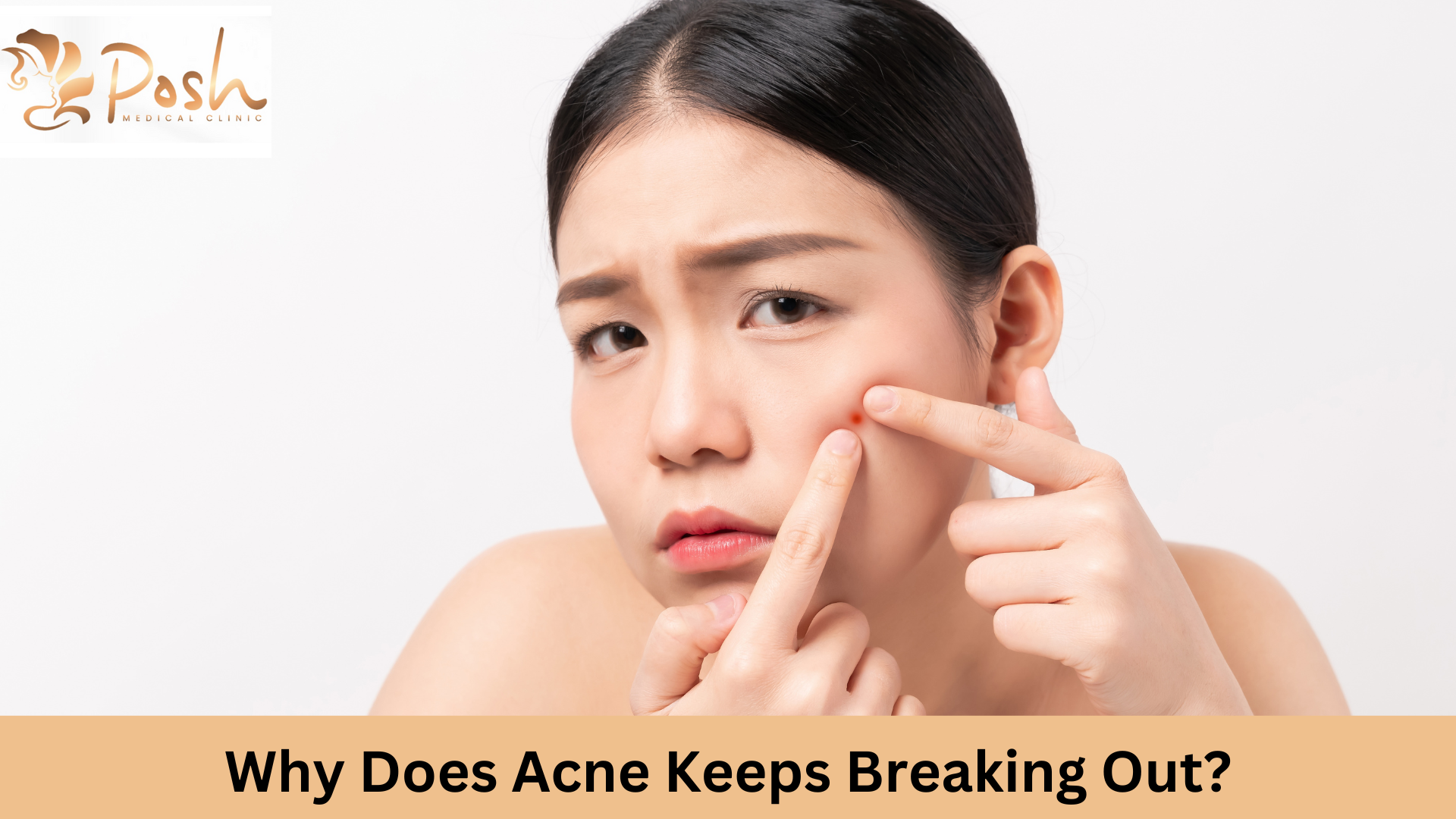Introduction Acne keeps breaking out primarily due to a combination of factors including hormonal changes (especially during puberty, menstruation, or pregnancy), excess sebum overproduction by the skin, clogged pores from dead skin cells (hyperkeratinization), bacterial infection (notably Cutibacterium acnes), genetics, and sometimes dietary triggers. These factors collectively lead to inflammation—particularly when the oil gland ruptures—and recurring breakouts on the face and …
Introduction
Acne keeps breaking out primarily due to a combination of factors including hormonal changes (especially during puberty, menstruation, or pregnancy), excess sebum overproduction by the skin, clogged pores from dead skin cells (hyperkeratinization), bacterial infection (notably Cutibacterium acnes), genetics, and sometimes dietary triggers. These factors collectively lead to inflammation—particularly when the oil gland ruptures—and recurring breakouts on the face and body. More than a temporary nuisance, acne is a persistent battle for many. Despite countless products and routines, breakouts often return with a vengeance. This guide dives into why acne resurfaces, how to treat it effectively, and the surprising role of diet and habits. Let’s decode the science and solutions for clearer skin.
1. Why Does Acne Keep Coming Back
Acne’s recurrence stems from interconnected biological processes:
- Hormonal Fluctuations: Androgens (hormones like testosterone) spike during puberty, menstruation, or stress, driving sebum overproductionand clogging pores.
- Hyperkeratinization: Excess dead skin cells mix with sebum, creating plugs in hair follicles.
- Bacterial Infection: acnesthrives in these clogged pores, releasing enzymes that break down sebum and trigger inflammation when the oil gland ruptures.
- Skincare Missteps: Over-cleansing or harsh products strip natural oils, worsening sebum production. Inconsistent use of treatments (e.g., retinoids) stalls progress.
- Genetics & Environment: Inherited oil gland sensitivity or pollution exposure heightens reactivity.
Pro Tip: Stick to a gentle, consistent skincare routine for 6–8 weeks. Hormonal acne may require medical intervention (e.g., spironolactone, birth control).
2. Why Your Cheeks Keep Breaking Out
Cheeks are prone to acne due to:
- High Sebaceous Gland Density: More oil glands increase risks of sebum overproduction and hyperkeratinization.
- Frequent Contact: Cellphones, pillowcases, and unwashed makeup brushes transfer bacteria (C. acnes) to cheeks.
- Maskne: Fabric friction and trapped moisture irritate skin, worsening inflammation.
- Internal Factors: Traditional Chinese medicine links cheek acne to respiratory/digestive imbalances (limited scientific evidence).
Action Steps: Cleanse phones daily, switch pillowcases weekly, and use non-comedogenic makeup.

3. Acne Treatment Starts With Understanding the Root Cause
Effective treatment requires targeting the source:
Hormonal Acne: Characterized by deep, cystic bumps along the jawline. Treatments include oral contraceptives or anti-androgen medications.
Bacterial Acne: Red, pus-filled pimples respond to benzoyl peroxide or antibiotics.
Hyperkeratinization: Retinoids (e.g., tretinoin) normalize skin cell turnover.
Inflammation: Niacinamide or azelaic acid soothe redness post-oil gland rupture.
Lifestyle Factors: Chronic stress raises cortisol, worsening breakouts. Prioritize sleep and stress management (e.g., yoga, meditation).
Expert Insight: Consult a doctor for personalized plans. They may recommend topical retinoids, chemical peels, or laser therapy.
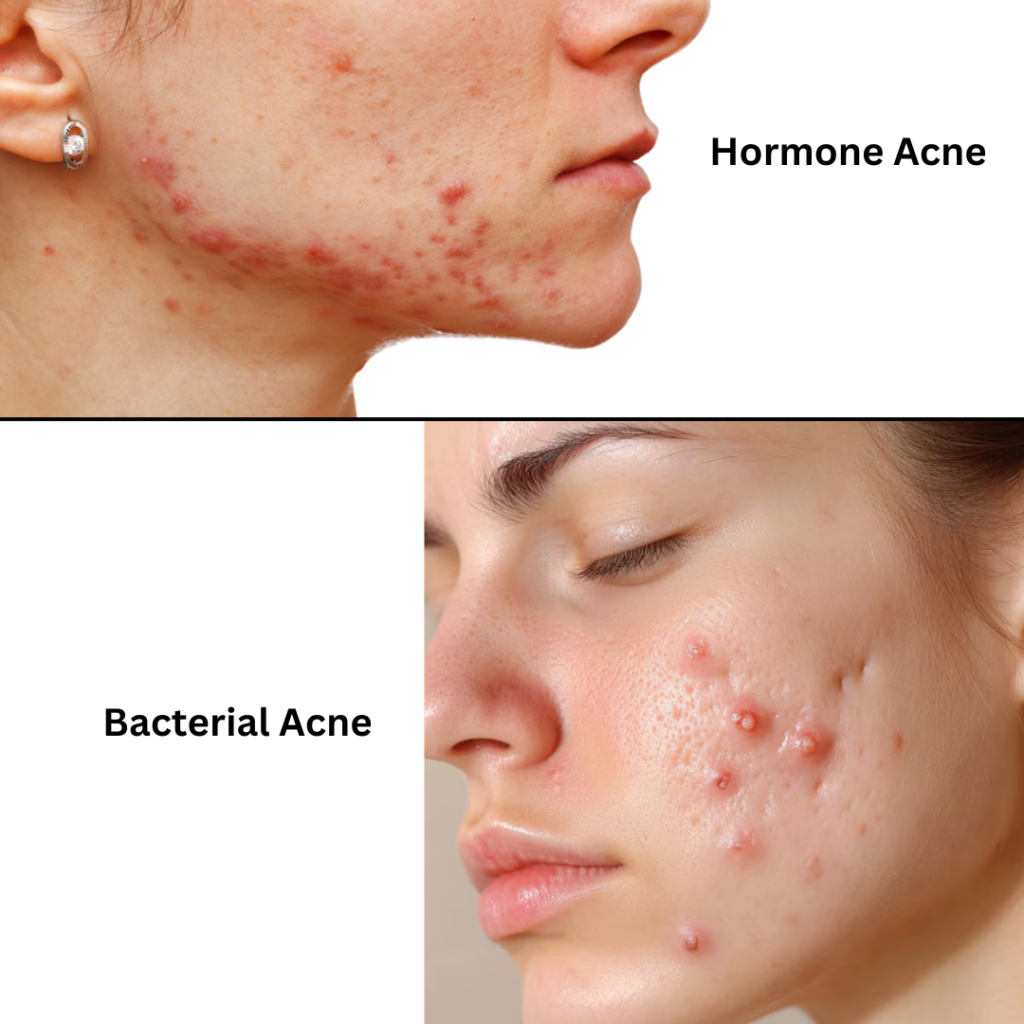
4. Should You Pop Your Pimple?
The Risks: Popping can push bacteria deeper, cause scarring, or spread infection.
If You Must:
Sterilize a needle, pierce the pimple’s head, and gently press with clean cotton.
Apply a pimple patch to absorb pus overnight.
Better Alternatives: Use salicylic acid spot treatments or tea tree oil to reduce inflammation without trauma.
@dr.chewkianpeng Should you pop your pimple? 挤痘痘真的好吗? #acne #acneskin #acnetreatment ♬ original sound - dr.chewkianpeng - Dr Chew Kian Peng
5. Diet and Acne: The Hidden Culprit
Emerging research highlights diet’s role:
High-Glycemic Foods: Spikes in blood sugar (e.g., white bread, sweets) boost insulin, increasing oil production.
Dairy: Hormones in milk may stimulate oil glands. Try cutting dairy for 4–6 weeks to observe changes.
Omega-3s & Antioxidants: Fatty fish, walnuts, and leafy greens fight inflammation.
Practical Advice: Track your diet and breakouts in a journal. Not everyone reacts the same—personalize your approach.
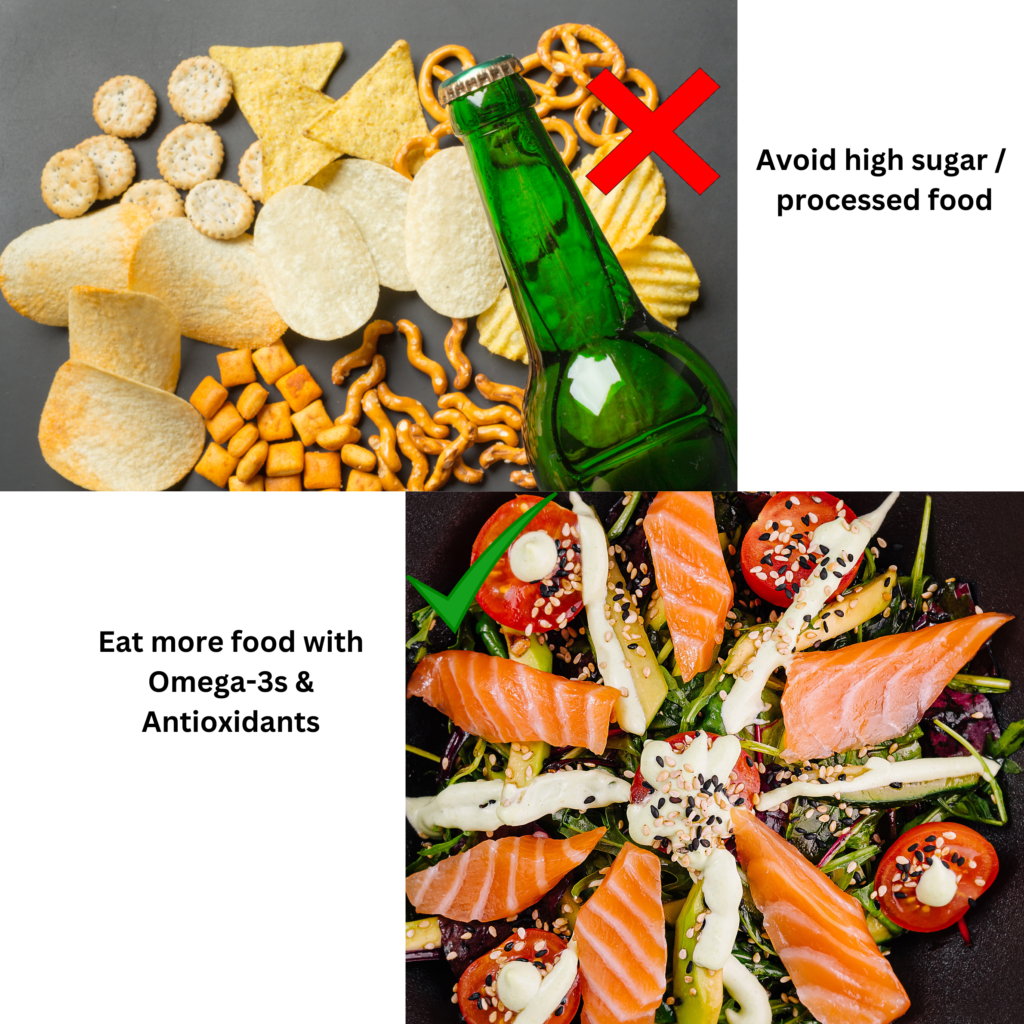
@dr.chewkianpeng Struggling with acne-prone skin? Did you know your diet could be a culprit? #AcneFreeSkin #healthychoices #skincaretips #PoshMedicalClinic #acneproneskin #acne #dietplan #diettips ♬ original sound - dr.chewkianpeng - Dr Chew Kian Peng
Conclusion
Acne is a complex interplay of hyperkeratinization, sebum overproduction, bacterial infection, and inflammation. While skincare and diet adjustments help, persistent cases require professional care. Remember: Clear skin thrives on internal and external balance.
